
In 1990, President George H. W. Bush approved a joint resolution designating November 1990 as “National American Indian Heritage Month.” Similar proclamations, including “Native American Heritage Month” and “National American Indian and Alaska Native Heritage Month,” have been issued every year since 1994.
Poudre River Public Library District encourages our community to explore the many diverse cultures, traditions, and histories of native American people. Check out these, and many other, native American voices through a mix of contemporary books and documentaries.
Carry: A Memoir of Survival on Stolen Land
by Toni Jensen
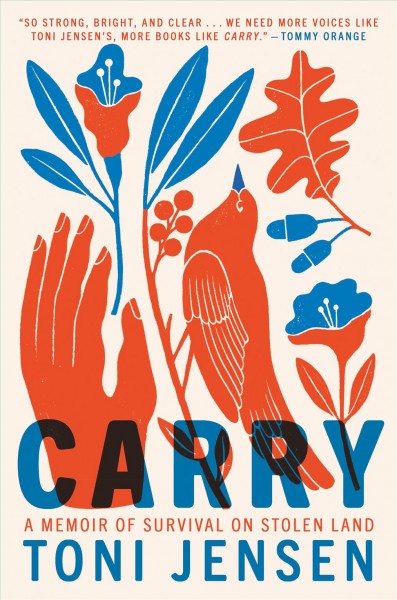
Carry explains what it means to exist as an indigenous woman in America, told in snapshots of Jensen’s encounters with gun violence. In Carry, Jensen maps her personal experience onto the historical, exploring how history is lived in the body and redefining the language we use to speak about violence in America.
Crooked Hallelujah
by Kelli Jo Ford

Crooked Hallelujah tells the stories of Justine—a mixed-blood Cherokee woman— and her daughter, Reney, as they move from Eastern Oklahoma’s Indian Country in the hopes of starting a new, more stable life in Texas amid the oil bust of the 1980s. However, life in Texas isn’t easy, and Reney feels unmoored from her family in Indian Country.
Indians on the Move: Native American Mobility and Urbanization in the Twentieth Century
by Douglas K. Miller

The dynamic histories of everyday people at the heart of this book shed new light on the adaptability of mobile Native American communities. In the end, this is a story of shared experience across tribal lines, through which Indigenous people incorporated urban life into their ideas for Indigenous futures.
Lake of Betrayal: Seneca People Fighting to Protect Their Ancestral Lands
by Vision Maker Media
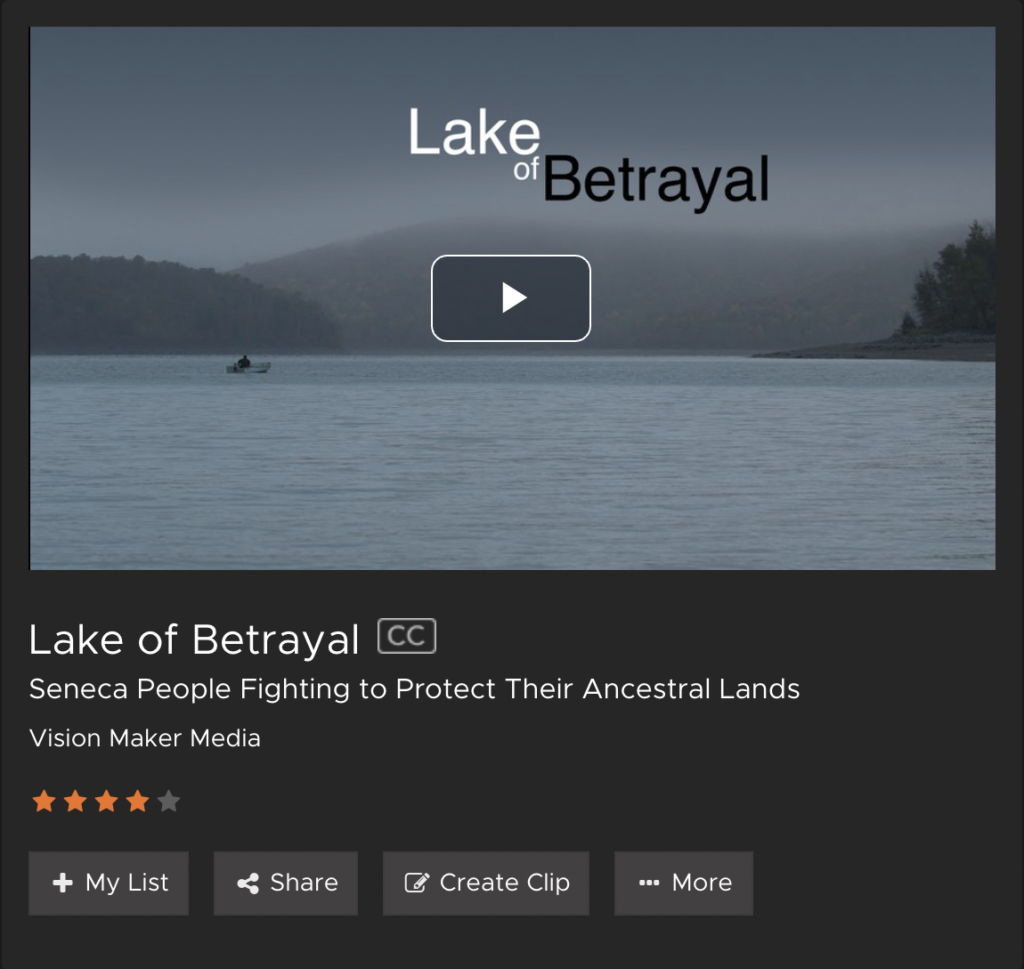
Completed in 1965, the Kinzua Dam on the Allegheny River in Pennsylvania was originally proposed to help mitigate flooding in Pittsburgh–200 miles downriver, but the 27-mile reservoir that formed behind it inundated vast tracts of the Seneca Indians’ ancestral lands, forcing their removal in breach of the United States’ oldest treaty then in effect. (Kanopy)
Native American Landmarks and Festivals: A Traveler’s Guide to Indigenous United States and Canada
by Yvonne Wakim Dennis, Arlene Hirschfelder
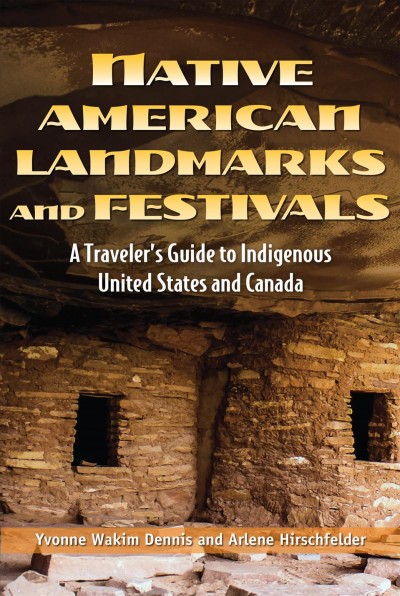
From ancient rock drawings, historic sites, and modern museums to eco- and cultural tourism, sports events and powwows, this Traveler’s Guide provides a fascinating tour of the rich heritage of Indigenous people across the continent.
Ohiyesa: The Soul of an Indian
by Vision Maker Media

A deeply personal family film that follows Kate Beane, an urban, Dakota scholar, and her family as they trace the remarkable life of their celebrated relative, Ohiyesa (Charles Eastman), an important author, activist, lecturer, and one of the first Native American doctors. Along the way, Beane uncovers uncanny parallels between their lives, though they were born more than 100 years apart. (Kanopy)
Poet Warrior: A Memoir
by Joy Harjo
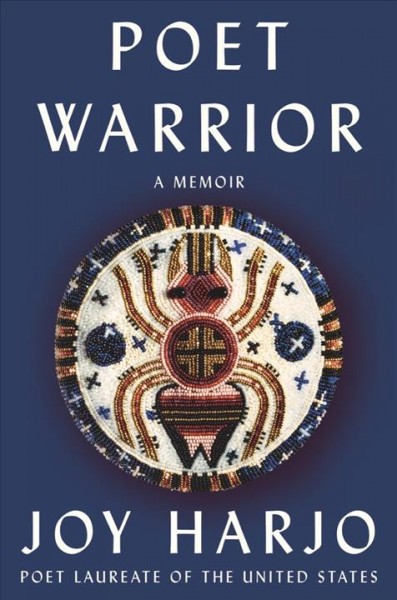
In the second memoir from the first Native American to serve as US poet laureate, Joy Harjo invites us to travel along with the heartaches, losses, and humble realizations of her “poet-warrior” road. A musical, kaleidoscopic meditation, Poet Warrior reveals how Harjo came to write poetry of compassion and healing, poetry with the power to unearth the truth and demand justice.
Redbone: The True Story of a Native American Rock Band
by Christian Staebler, Sonia Paoloni
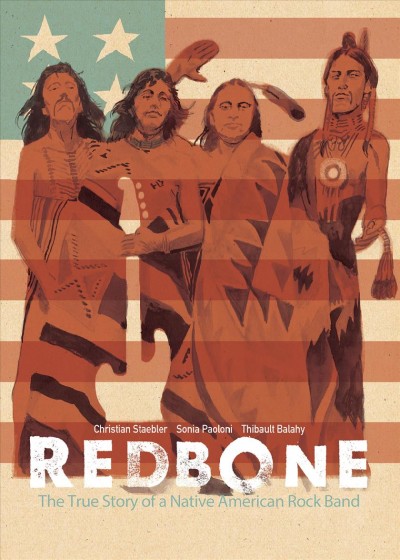
Brothers Pat and Lolly Vegas were talented Native American rock musicians that took the 1960s Sunset Strip by storm. They influenced The Doors and jammed with Jimmy Hendrix before he was “Jimi,” and the idea of a band made up of all Native Americans soon followed. But as the American Indian Movement gained momentum the band took a stand, choosing pride in their ancestry over continued commercial reward.
Spirit Run: A 6,000-mile Marathon Through North America’s Stolen Land
by Noé Álvarez
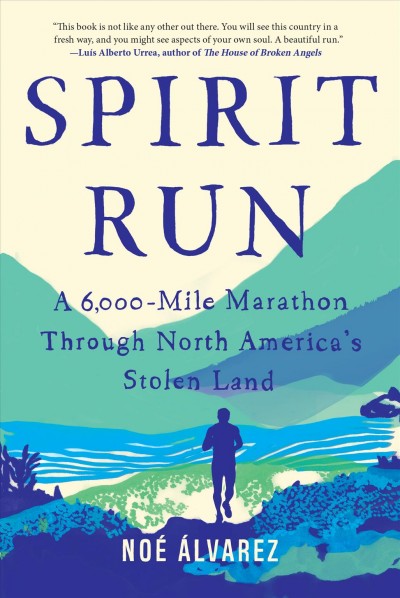
An anthropologist’s chronicle of Native At nineteen, Álvarez learned about a Native American/First Nations movement called the Peace and Dignity Journeys, epic marathons meant to renew cultural connections across North America. In this New York Times Book Review Editors’ Choice, the son of working-class Mexican immigrants flees a life of labor in fruit-packing plants to run in a Native American marathon from Canada to Guatemala in this “stunning memoir that moves to the rhythm of feet, labor, and the many landscapes of the Americas.”.
The Death of Sitting Bear: New and Selected Poems
by N. Scott Momaday
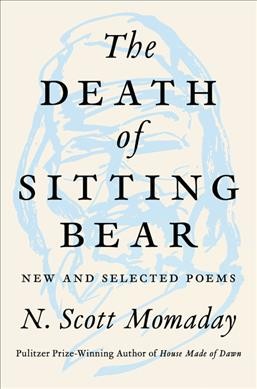
An anthropologist’s chronicle of Native American life from the Wounded Knee massacre to the present traces the unprecedented This luminous collection demonstrates Momaday’s mastery and love of language and the matters closest to his heart. To Momaday, words are sacred; language is power. Spanning nearly fifty years, the poems gathered here illuminate the human condition, Momaday’s connection to his Kiowa roots, and his spiritual relationship to the American landscape.
The Heartbeat of Wounded Knee: Native America from 1890 to the Present
by David Treuer
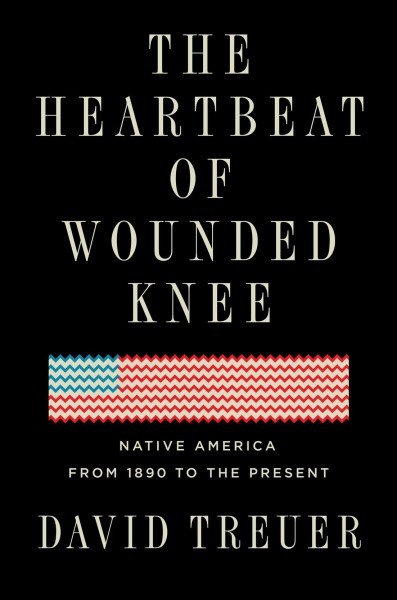
An anthropologist’s chronicle of Native American life from the Wounded Knee massacre to the present traces the unprecedented resourcefulness and reinvention of distinctive tribal cultures that assimilated into mainstream life to preserve Native identity.
The Sioux Chef’s Indigenous Kitchen
by Sean Sherman

Chef Sean Sherman, a native of Pine Ridge, South Dakota, shares recipes using indigenous North American and some Central American fruits, vegetables, grains, fish, and game.
The Sioux Chef’s Indigenous Kitchen is a rich education and a delectable introduction to modern indigenous cuisine of the Dakota and Minnesota territories, with a vision and approach to food that travels well beyond those borders.
Why we Serve: Native Americans in the United States Armed Forces
by Alexandra N. Harris, Mark G. Hirsch

Why We Serve commemorates the 2020 opening of the National Native American Veterans Memorial at the Smithsonian National Museum of the American Indian, the first landmark in Washington, DC, to recognize the bravery and sacrifice of Native veterans. American Indians’ history of military service dates to colonial times, and today, they serve at one of the highest rates of any ethnic group. Why We Serve explores the range of reasons why, from love of their home to an expression of their warrior traditions.
Looking for more recommendations for Native American Heritage Month? Need help downloading digital eBooks and audiobooks or streaming films with Kanopy? Visit the Poudre River Public Libraries in person or online at www.PoudreLibraries.org.

